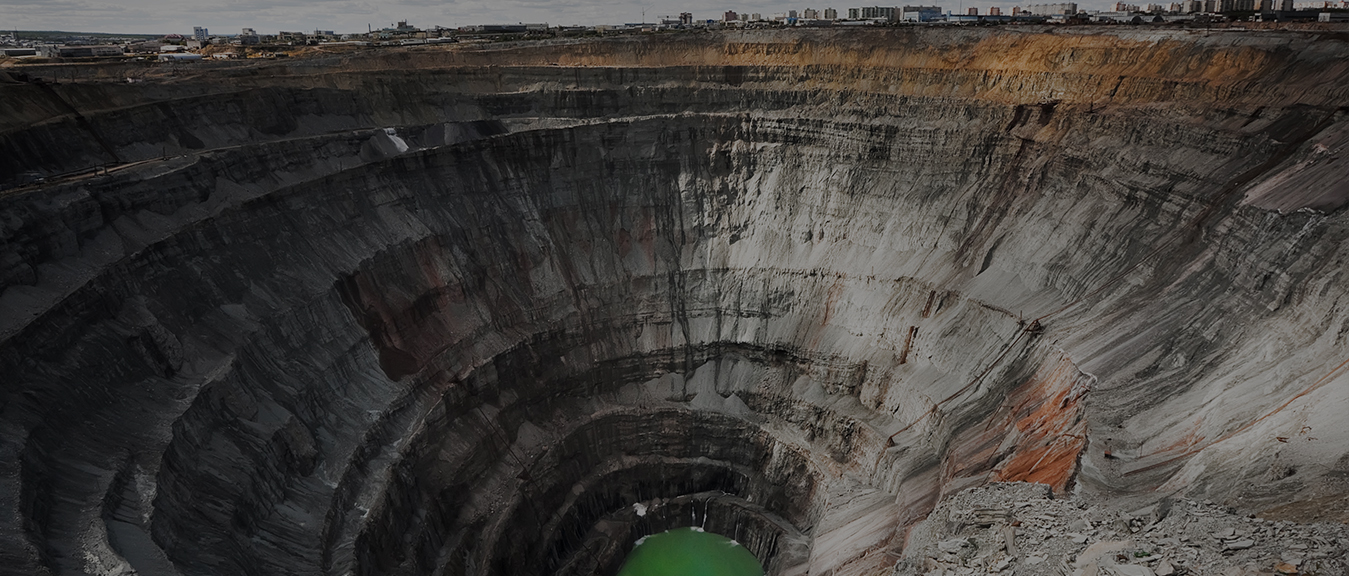Excavating gemstones has both an element of opportunity and risk- Anonymous
The methods of excavating gemstones have always intrigued jewellery connoisseurs and jewellery retailers alike. What makes this rigorous process fascinating is the fact that it intakes a plethora of efforts, scientific research, and to some extent, luck. Regardless of how carefully excavation is planned, there is always a risk associated with it as it is a hit-and-miss process. When miners dig, either they get lucky, or they don’t. But, when a gem is found, there is nothing more gratifying than it.
Different gems are excavated differently, based on where they are found. From native mining to highly technical methods, the techniques for recovering the gems dazzle everyone as much as the gems do. So, let’s dig into the world of gemstones and understand how they are excavated!
Open Cast Mining
The simplest and easiest methods of mining, open cast mining involves removing overlying rocks to reach the gem bearing rocks. This is used to extract gemstones and metal ores like gold and silver. An interesting fact related to this method is that the rocks are blasted at an angle less than vertical. This is done to prevent excessive rock fall and damage. The gem bearing rocks are then washed off with water jet under high pressure to obtain gem gravels. This technique is used widely across Myanmar, Sri Lanka, USA, Brazil, etc.
Underground Mining
Underground mining is probably what has sprung in your mind when you heard the word ‘mining.’ But, the fact is underground mining is much more expensive and dangerous too. However, as the technology has advanced by leaps and bounds, mining is done to the point that underground mines are dug at 12000 feet.
Underground mining is much like treasure hunting, and tunnels are made from the surface to the gem. Fascinating gems like emeralds, turquoise, etc., are obtained from this technique.

Digging in Water Bodies
Water bodies, especially rivers, are those treasures where you can find all types of gemstones. Fortunately, plentiful river digging locations are there in different countries, making them huge gemstone recovery sites. Large pans are filled with water in the areas that are identified by the miners for gems. The pans are shaken back and forth to capture gems in the pan. Opals, rubies, amethysts, garnets, jaspers, etc., are all obtained from rivers or lake beds using river digging methods.
Sea Mining
While all other methods have been there for centuries, sea mining is a comparatively newer process. Extracted using a hydraulic suction system or a continuous-line bucket system, sea mining is mostly carried out to recover pearls and amber and sometimes diamonds too.
The gems like diamond earn their sparkle from the pressure they endure. Gems know their value, and that’s why they hide themselves deep where only a few can find them. If an excavation is botched, there is no going back. So KGK Group carries out this engineering work of digging out the gems in their natural form carefully. The skilled and experienced teams at KGK Group perform excavation at numerous promising sites in numerous countries across the globe. The raw finds are then transformed into shiny gems at our centres.










